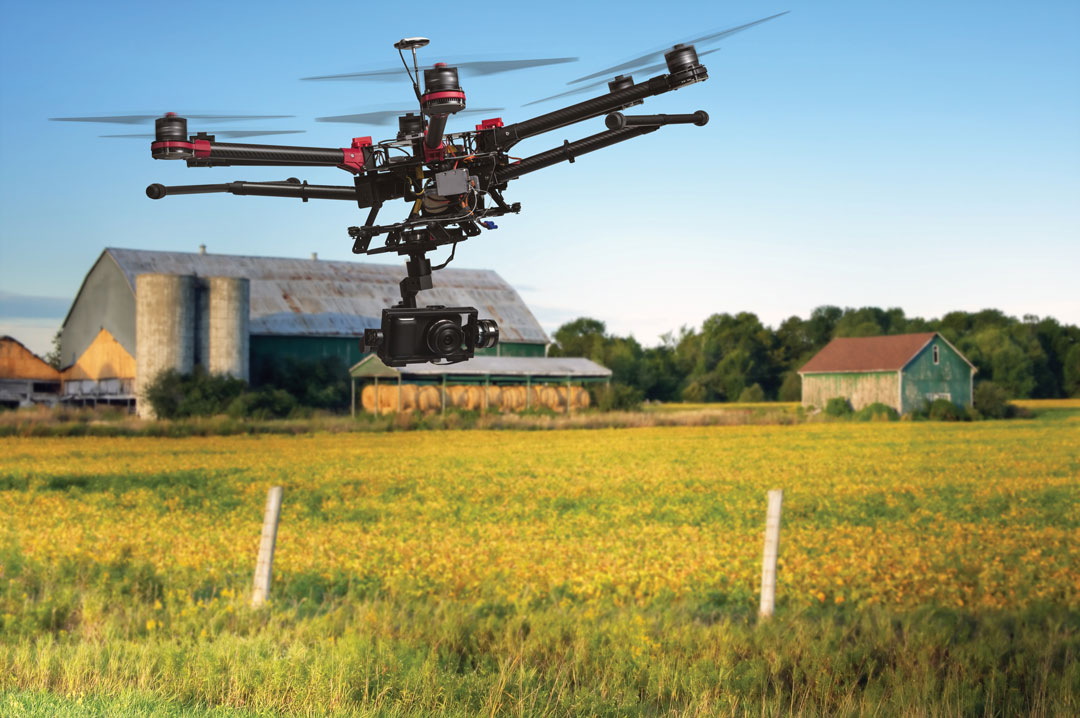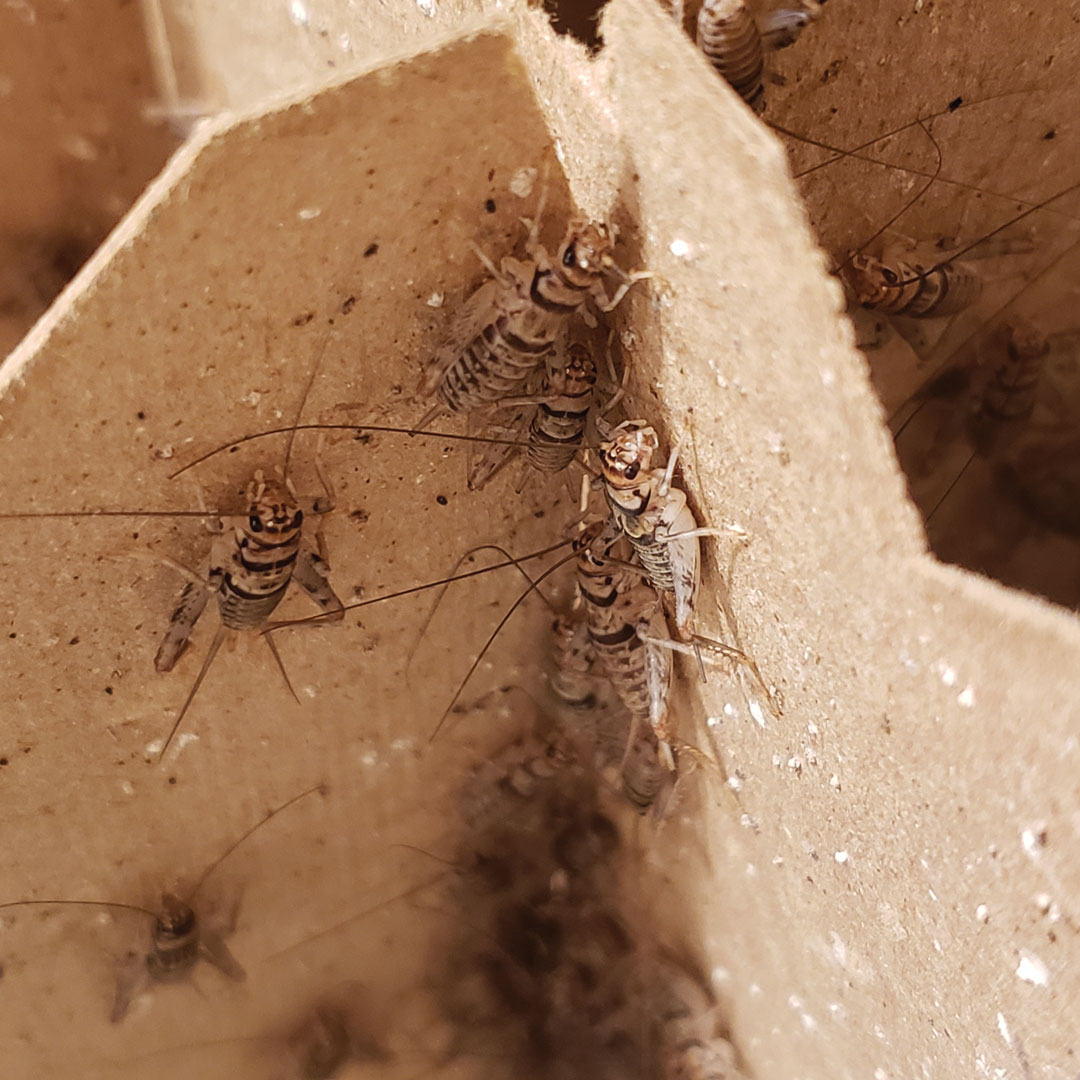FLYING ROBOTS
SIGNS YOU LIVE IN A BRAVE NEW WORLD
BY BENJAMIN ALLEN
UAV is an abbreviation for unmanned aerial vehicle. Some people call them drones, some people call them toys, but whatever we call them, it is clear that they are serious business. But what are they?
The UAVs being used today are advanced-technology packages that use strong battery packs to stay aloft long enough to capture high-resolution images with multiple sensor arrays. The on-board computers make sure that the flight paths are exact, similar to automatic steering for tractors. So, they are essentially flying robots that take pictures of crops on demand—welcome to the future!
Today, most farm imagery is sourced from satellites owned by governments or large corporations. Satellite imagery is powerful, and it has allowed agricultural professionals to push the boundaries of precision production practices. But satellites have drawbacks, namely:
1. Expense: Building and launching a satellite to orbit the earth from space is expensive and takes years of planning.
2. Upgrades: Changing out sensor or camera equipment is nearly impossible. While software can be updated remotely, hardware can only be updated by space shuttle.
3. Clouds: Anything that gets between the satellite and Earth degrades the image.
4. Schedule: Satellites fly on a predetermined schedule and a set path that are difficult to change. This makes it challenging if an image is needed right away.
These four primary weaknesses of satellite technology have created the opportunity for UAVs and continue to drive the growth in UAV use in agriculture. UAVs have many strengths that directly offset the weaknesses of satellites:
1. Expense: UAVs are far less expensive compared to satellites, and with prices beginning to drop due to larger production quantities, farms can now easily afford UAV technology.
2. Upgrades: Changing a camera or sensor package on a UAV can be done anytime in a farm workshop. The sensor packages are typically housed in cases that are easily swapped out in minutes.
3. Clouds: The simple advantage of being able to fly below clouds means that an image can be captured with much more predictability. While bad weather can still prevent a UAV from flying, the chances of getting a high-quality image are much higher.
4. Schedule: UAVs fly at your command, with no waiting, and any area that may need further investigation can easily be flown over again.
All of these strengths boil down to one word: control.
As we use imagery more and more to drive in-season production decisions, we are creating a new dependency. And crops don’t wait. Clouds or no clouds, we need to be able to understand what is happening in real time to react appropriately and maximize yields.
There is one final issue that deserves mention: data control.
Satellite data flows through the government agency or corporation that owns the satellite. It is then processed by computers and made available for use. While this can sometimes happen in a matter of hours, it still represents a delay in the process.
UAVs, on the other hand, capture and download processed data much faster—in many cases almost instantly. This allows for faster decision-making and an enhanced ability to correct problems.
UAVs allow for control. Control of timing. Control of sensor technology. Control of data. This control is the primary justification for UAV use. Quite simply, if time is of the essence, then you don’t want to wait on a satellite. But like all things, achieving a higher level of control will cost you more money. That confuses some people because the UAV hardware is so much cheaper than satellite hardware. But the satellite images are resold many times over to multiple customers, which lowers the imagery cost on a per-acre basis to below the cost of UAV images. So owning a UAV, or paying someone to fly one over your farm, is still more expensive than ordering satellite imagery of your fields.
Read our next issue to see what it takes to make imagery pay off, and we’ll look at the question of why you would pay someone to take pictures of your fields!
If your aircraft:
1) Weighs 2 kg or less and you can meet the safety conditions in the Transport Canada exemption for UAVs that weigh 2 kg or less, you don’t need permission to fly.
2) Weighs between 2.1 kg and 25 kg and you can meet the safety conditions in the Transport Canada exemption for UAVs that weigh between 2.1 kg and 25 kg, you don’t need permission to fly.
Visit tc.gc.ca/eng/civilaviation/standards/standards-4179.html for more information.







Comments